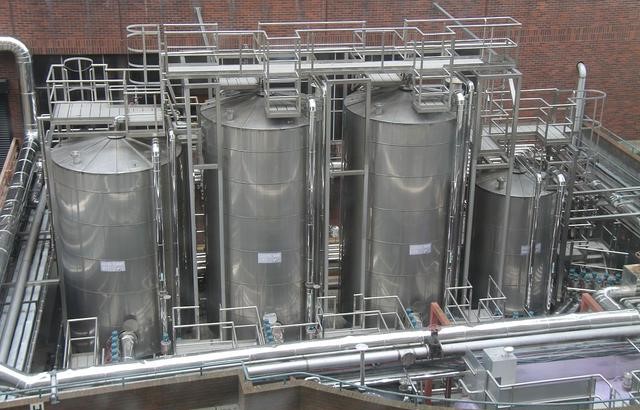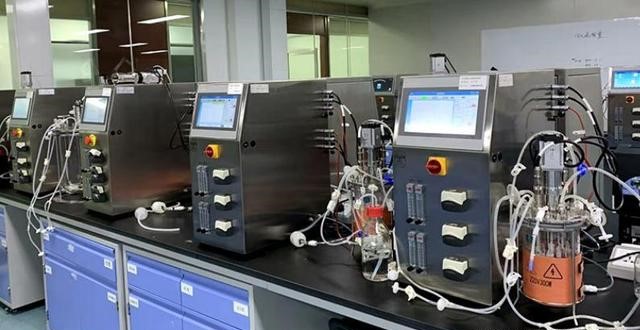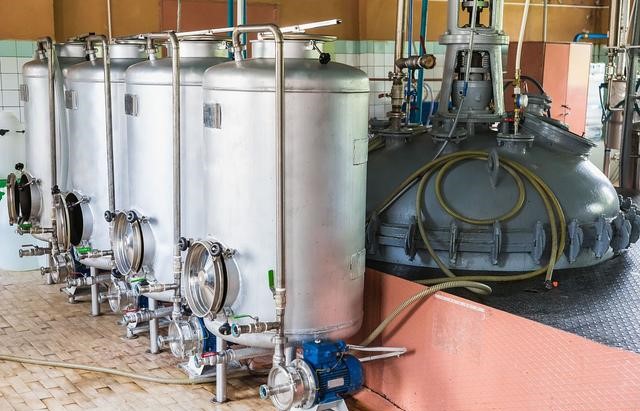NMN (nicotinamide mononucleotide) is highly sought after as a nutritional supplement with anti-aging effects.
Due to the high cost and possible health risks of traditional chemical synthesis methods,
biological fermenters have become an effective way to produce NMN.
1. summarize
A biological fermenter a large device that simulates the environment in which microorganisms grow and metabolize and used for the mass production of a variety of products, including antibiotics, alcohol, amino acids, enzymes, and more.
Using biological fermenter to produce NMN has the advantages of high production efficiency, environmental protection and safety.
In the biological fermenter, the conversion of raw materials into β-Nicotinamide Mononucleotide through the transformation of microorganisms is a green and sustainable production mode.

2. Process flow of NMN production in biological fermenter
- Strain preparation: First of all, we need to prepare and produce strains. The strains added into the medium under aseptic conditions, and after certain culture and screening, the strains suitable for β-Nicotinamide Mononucleotide production obtained. The composition and proportion of the medium need to adjusted according to the specific strain and production requirements to ensure the growth and metabolism of the strain.
- Seed culture: The prepared strains inserted into the seed medium for expanded culture. The composition and culture conditions of the seed medium should be similar to that of the production medium in order to facilitate the adaptation and growth of the strain.
- Fermentation culture: The seed culture solution connected to the biological fermenter, and the fermentation culture begins. In the fermentation process, temperature, pressure, pH, dissolved oxygen and other parameters need to controlled to ensure the growth and metabolism of microorganisms. At the same time, it is necessary to add an appropriate amount of nutrients such as glucose to the fermentation liquid to provide energy and substrate for the growth of microorganisms.
- NMN synthesis and extraction: In the fermentation process, microorganisms will convert substrates such as glucose into β-Nicotinamide Mononucleotide. The yield and purity of NMN can increased by controlling fermentation conditions and optimizing metabolic pathways of microorganisms. When the fermentation finished, β-Nicotinamide Mononucleotide can extracted from the fermentation liquid by extraction, precipitation and other methods.
- Purification and purification: The extracted β-Nicotinamide Mononucleotide also contains other impurities, which need to refined and purified. Various separation techniques such as crystallization, adsorption, and membrane separation can used to remove impurities and improve the purity of NMN.
- Drying and packaging: NMN after refining and purification needs to dried to remove water. It can dried by vacuum drying, spray drying and other methods. Finally, the finished β-Nicotinamide Mononucleotide can obtained by packaging.

3. conclusion
Using biological fermenter to produce NMN has many advantages, such as high production efficiency, environmental protection and safety. The yield and purity of NMN can be increased by optimizing the metabolic pathway and fermentation conditions of microorganisms.
In the future, with the continuous development and optimization of biotechnology,
the technology of biological fermenter production of NMN will be more mature and efficient,
and is expected to become an important NMN production mode.




